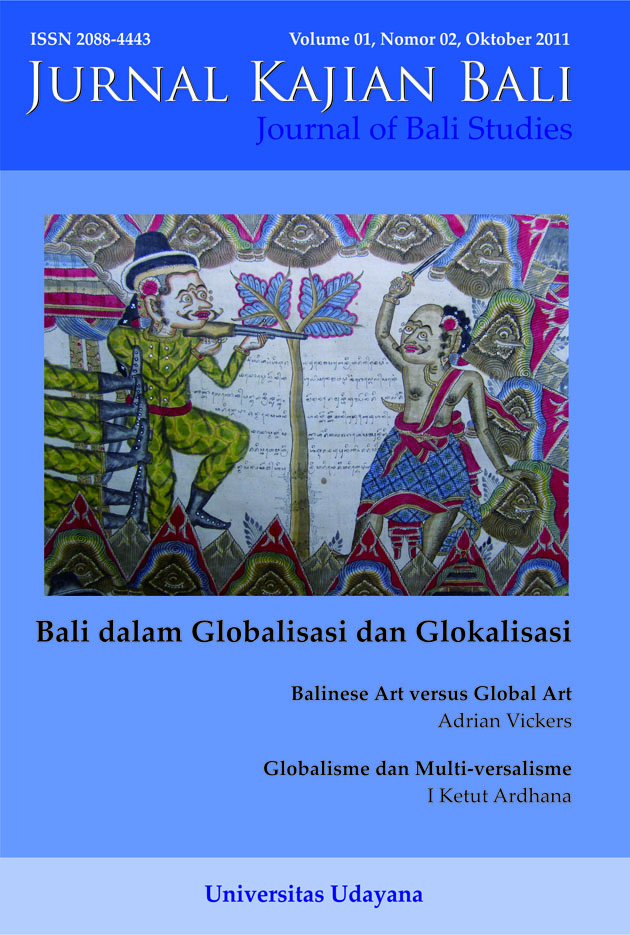Workplace and Home: Understanding the Sai Baba Movement in Bali as an Urban Phenomenon
Abstract
Abstract
Since the transition to post-New Order Indonesia in 1998, new religiousmovements such as Sai Baba have become popular in Bali. In contrastwith the New Order era when Sai Baba was under strict scrutiny, thesegroups are now warmly accepted by a far wider audience and especiallyfrom educated affluent urbanites. In this paper, I discuss several factorsthat make Sai Baba movement generally an urban phenomenon. I askhow change taking place in Bali regarding the economic and demographiccontext may have contributed to the people’s different mode of religiousarticulation. The economic transformation from agricultural economyto modern industrial economy in Bali has changed people’s occupationsand forced urbanization. I argue that the transformation also createstwo emerging cultural spaces of Workplace in the city and Home inthe villages of origin. Workplace is where people are bound to moderndisposition of time and Home is where people are tied to traditionaldisposition of time. These two cultural spaces determine people’s modeof religious articulation. As people move from their villages of origin tothe city, they also adopt a new mode of religious articulation in an urbancontext. I suggest that to understand the emergence of new religions andnew mode of religious articulation in Bali we have to look at specifictransformations at the economic and demographic level.
Downloads
Keywords

This work is licensed under a Creative Commons Attribution 4.0 International License.



















